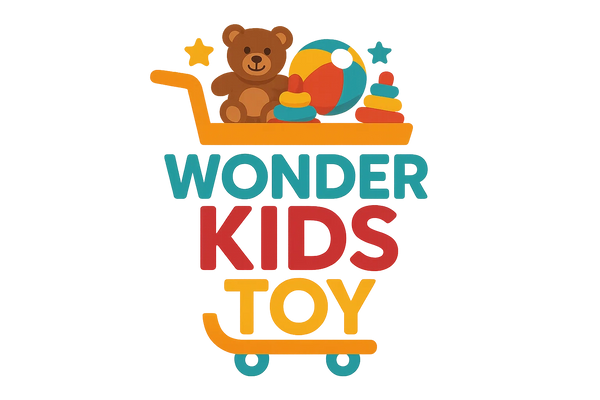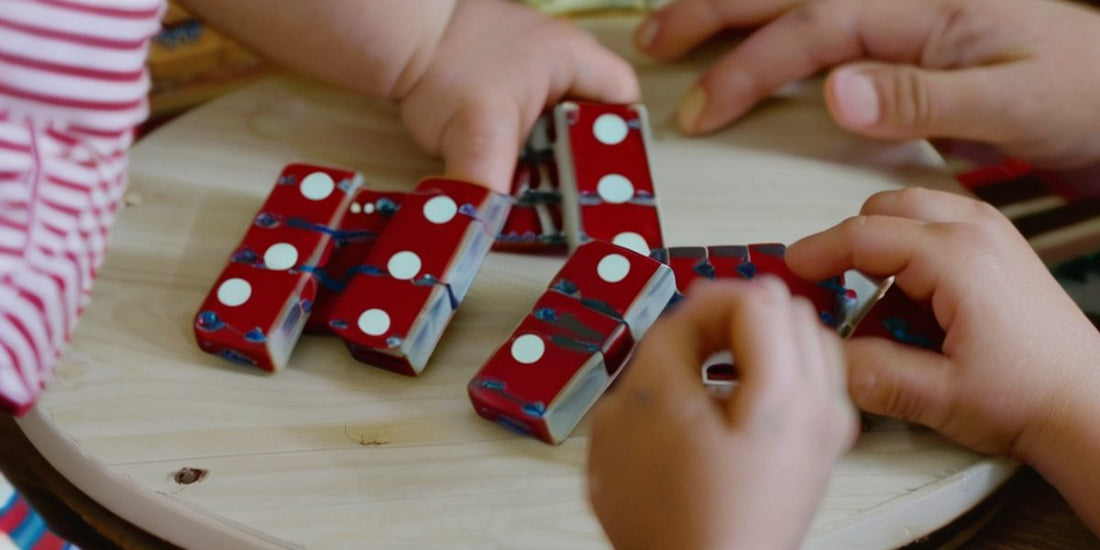Unlocking the World Through Play: The Journey of Cause and Effect
Toys are more than just playthings; they're essential tools that help children learn about the world. Even the simplest toys can teach kids about cause and effect, a basic idea that helps them understand how things work. When children play, they see how their actions lead to results, like pushing a toy car to make it move. This learning through play lays the groundwork for thinking and solving problems, skills that are important for life.
There's something special about simple toys. They don't have bright lights or loud sounds, but they offer endless possibilities for imagination. A wooden block can become a car, a castle, or anything a child dreams up. This kind of play not only sparks creativity but also teaches kids to figure things out for themselves. They learn early on that their actions have effects, like stacking blocks too high and watching them fall.
Choosing the right toy is about understanding what your child enjoys and what's suitable for their age. It's important to pick toys that challenge them just enough without causing frustration. Toys that can grow with your child are great because they continue to provide learning opportunities as your child's skills develop. The goal is to find toys that are fun and also encourage learning and creativity.
Outside of toys, nature offers its own lessons in cause and effect. Playing outdoors lets children explore and learn from the natural world. They can see the effects of weather, like rain filling puddles, and learn about life cycles by watching plants grow. These real-world experiences are valuable lessons in cause and effect, showing kids how the world operates.
In conclusion, toys, whether simple or complex, play a crucial role in teaching children about cause and effect. This understanding is vital for their development, helping them to think critically and solve problems. By choosing the right toys and encouraging outdoor play, we can provide children with a rich learning environment. This not only helps them grasp important concepts but also fosters a love for learning that lasts a lifetime.
The Unseen Teachers: The Role of Simple Toys
In the realm of toys, simplicity reigns supreme. There's something incredibly special about the interaction between a child and a simple toy. These toys, devoid of flashy lights or digital sounds, invite imagination and creativity in ways no app or electronic device can replicate. They demand that a child engages fully, using their mind and creativity to breathe life into their play. This hands-on engagement is where the first lessons of cause and effect are learned - push a toy car, and it moves; stack blocks too high, and they tumble. These experiences are more than just play; they're cherished memories in the making, each toy a silent witness to the wonders of childhood exploration.
Foundations of Cause and Effect in Play
From the earliest rattles to the blocks of preschool, toys are the first educators in a child's life teaching them about cause and effect. This basic concept, that an action can lead to an outcome, sets the stage for a lifetime of learning. By interacting with toys, children start to predict outcomes and learn to navigate their environment with intent. This early education lays the groundwork for more complex problem-solving and critical thinking skills essential for future success.
Selecting the Perfect Toy for Every Age
Choosing the right toy is about finding the balance between fun and educational value. The quest for the perfect toy involves considering a child's age, interests, and developmental stage to ensure the toy challenges them just enough without leading to frustration. Toys that grow with a child, adapting to their evolving skills, are invaluable, offering new challenges and learning opportunities at every stage.
Learning in the Great Outdoors
Beyond the toy box, the natural world offers endless lessons in cause and effect. Outdoor play is not just about physical activity; it's a rich sensory experience where children learn the most fundamental lessons about the world. From observing the life cycle of plants to understanding weather patterns, nature is the ultimate playground for curious minds. It's here, in the simplicity of nature, that children find some of their most profound lessons in cause and effect.

